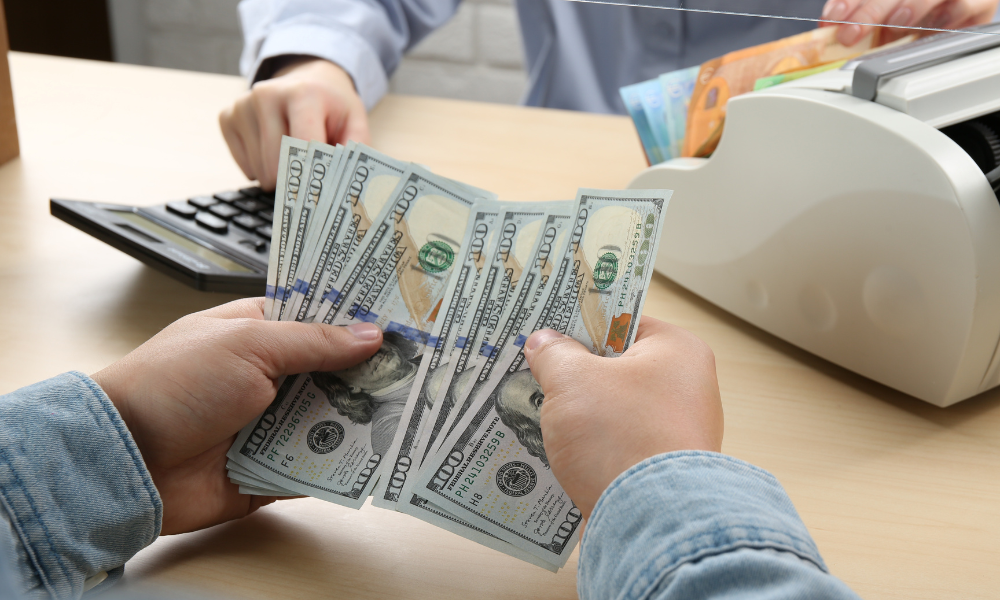Companies shift from forwards to options as euro gains and short-term hedging costs surge

US multinational companies are extending their currency hedges to longer durations to protect cash flows from exchange rate fluctuations caused by the Trump administration’s tariff policies, Reuters reported.
The shift comes as fears of a weakening US dollar and recession add to uncertainty in the global trade environment.
Bankers and hedging advisors said that a sharp increase in foreign exchange (FX) market volatility followed US President Donald Trump’s April 2 announcement of higher-than-expected global tariffs.
That turbulence pushed some hedges into negative positions. Even companies that initially weathered the surge in volatility have started lengthening their hedge durations.
“Over the past week, we've seen a group of clients push their hedges out to the maximum available tenor as they look to lock in protection and ride out near-term instability,” said Eric Huttman, CEO of MillTechFX.
Companies are now hedging two to five years out, according to Garth Appelt, head of FX and emerging markets derivatives at Mizuho Americas.
He said US dollar weakness has become one of the biggest consequences of the market reaction to the tariffs.
Although a weaker US dollar can help US exporters by making their goods more affordable abroad, companies remain cautious due to ongoing recession risks and trade uncertainty.
A 90-day reprieve on certain duties for all trading partners except China has failed to stop the US dollar’s decline or reduce FX market volatility.
The euro has reached a three-year high against the US dollar. Meanwhile, the cost of short-term hedging instruments has increased as volatility rose.
LSEG data shows that volatility expectations for one-month and three-month at-the-money options jumped 72 percent and 46 percent, respectively, since April 2, before easing slightly.
In contrast, two-year at-the-money EUR/USD options increased by 23 percent.
Simon Lack, head of investment solutions at MillTechFX, said, “Hedging farther out along the curve maintains the same level of protection against currency movements but without the need to crystallize profit and loss generated by short-term FX swings.”
The tariff announcement also disrupted market expectations for the euro. While a strong euro helps US firms with large European revenue by boosting the value of converted earnings, it raises costs for others that must purchase euros for goods and materials.
“We're seeing a lot more structures trying to protect anyone that needs to purchase euros for goods and materials,” said Appelt.
Some clients, Comings said, were caught off guard by the euro’s strength.
“There was tremendous focus on refining CAD (Canada) and MXN (Mexico) hedging strategies. Corporates have shifted attention now to better position themselves for a stronger euro,” said Paula Comings, head of FX sales at US Bank.
As cash flows become harder to predict, some businesses are using window forwards—contracts that function like forwards but allow flexible execution timing.
Demand is also growing for contracts that offer the ability to buy or sell currencies at better rates across several expiries, without upfront costs.
In the last two to four weeks, Comings noted an increase in clients pivoting from forwards to options in search of flexibility amid prolonged trade tensions.
“There’s some value in pursuing an option strategy. You don’t have to decide today what tomorrow is going to look like,” said Bob Stark, global head of enablement at Kyriba.
He noted that predicting the future is always difficult — and especially so in the current environment. “It’s always hard to predict tomorrow. But it’s especially hard right now,” he added.



